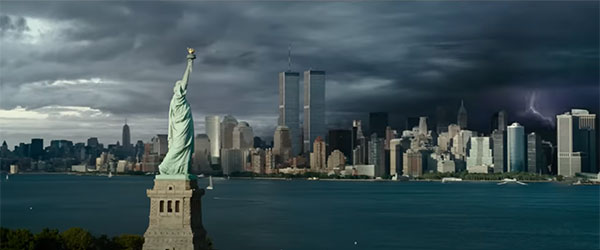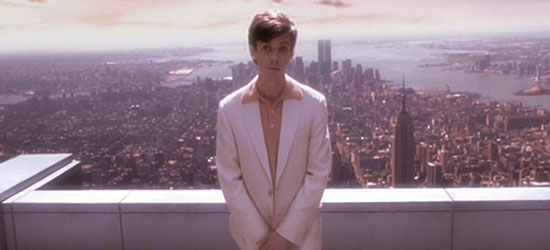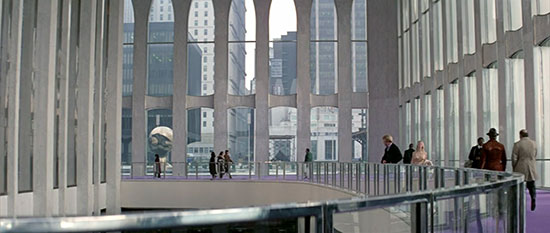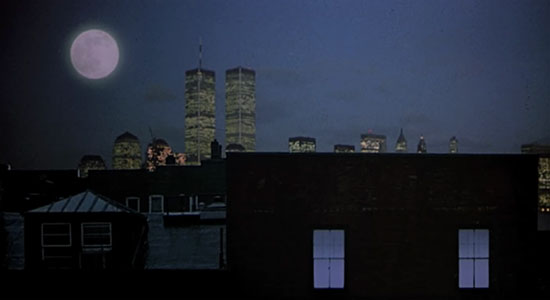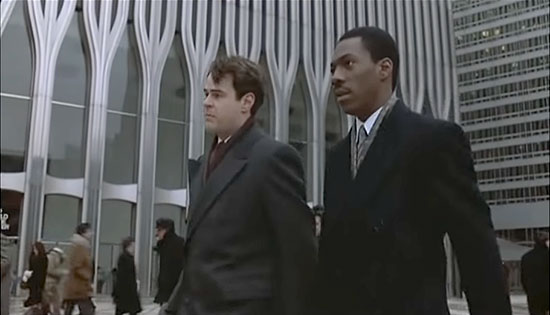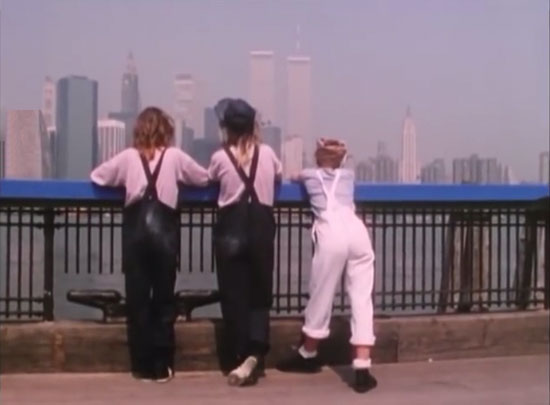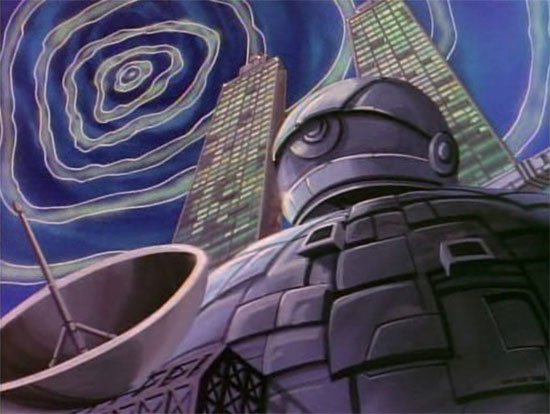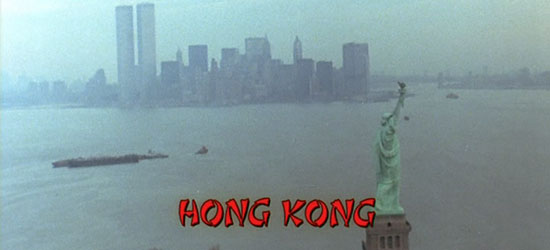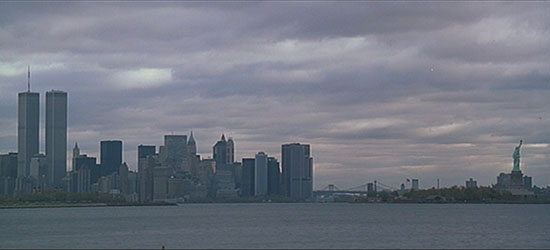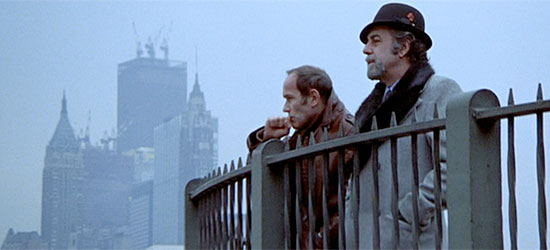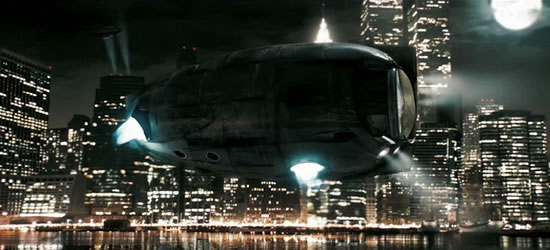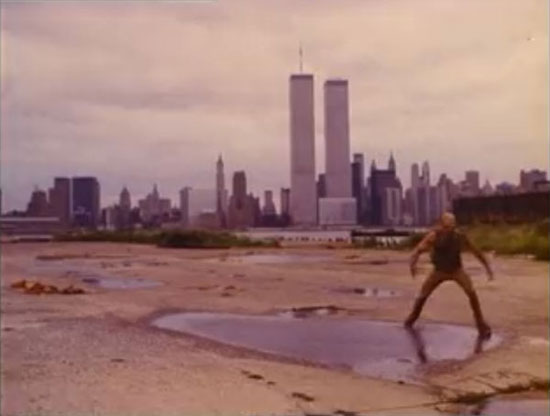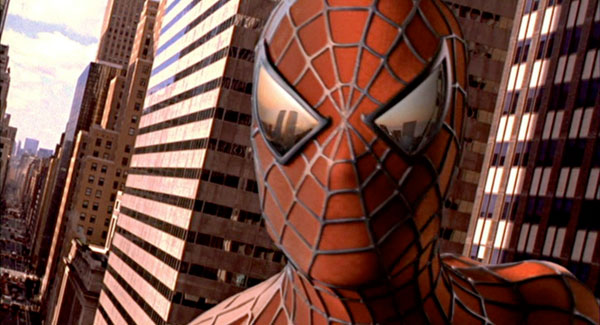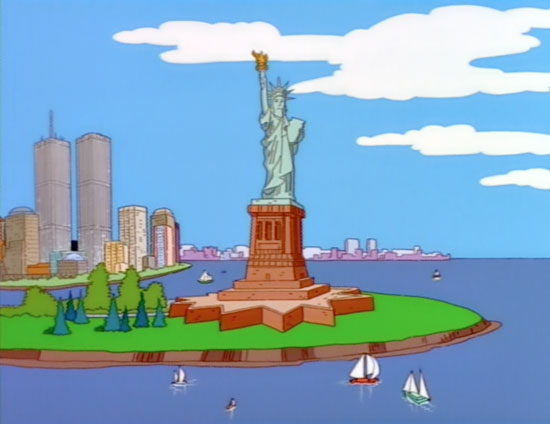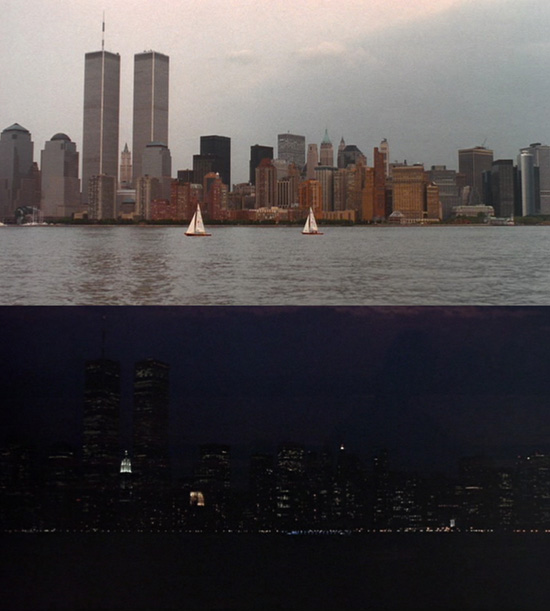A Scene from Transformers: Rise of the Beasts
Monday, September 11. 2023That mid-era malaise was woven into Transformers: Rise of the Beasts. Having been stranded on Earth with limited resources, Optimus Prime and his crew were sitting around - sometimes literally collecting dust - when the call came that a new generation had arrived and they needed to get back into action. Being set in 1994 worked to have the film fit with the Bumblebee continuity (and avoid having to deal with whether or not this is part of the 2007 Transformers movie), but it also highlighted this critical juncture in Transformers history.
Scenes in New York City are nothing new for Transformers. From G1 comics and cartoon episodes to Revenge of the Fallen having Megatron reveal their existence to the world by broadcasting from the antenna atop the Empire State Building, it has been a frequent stop for the Cybertronians. The establishing shot above made sure that we knew both the where and when we were going to go for the latest outing in the series.
